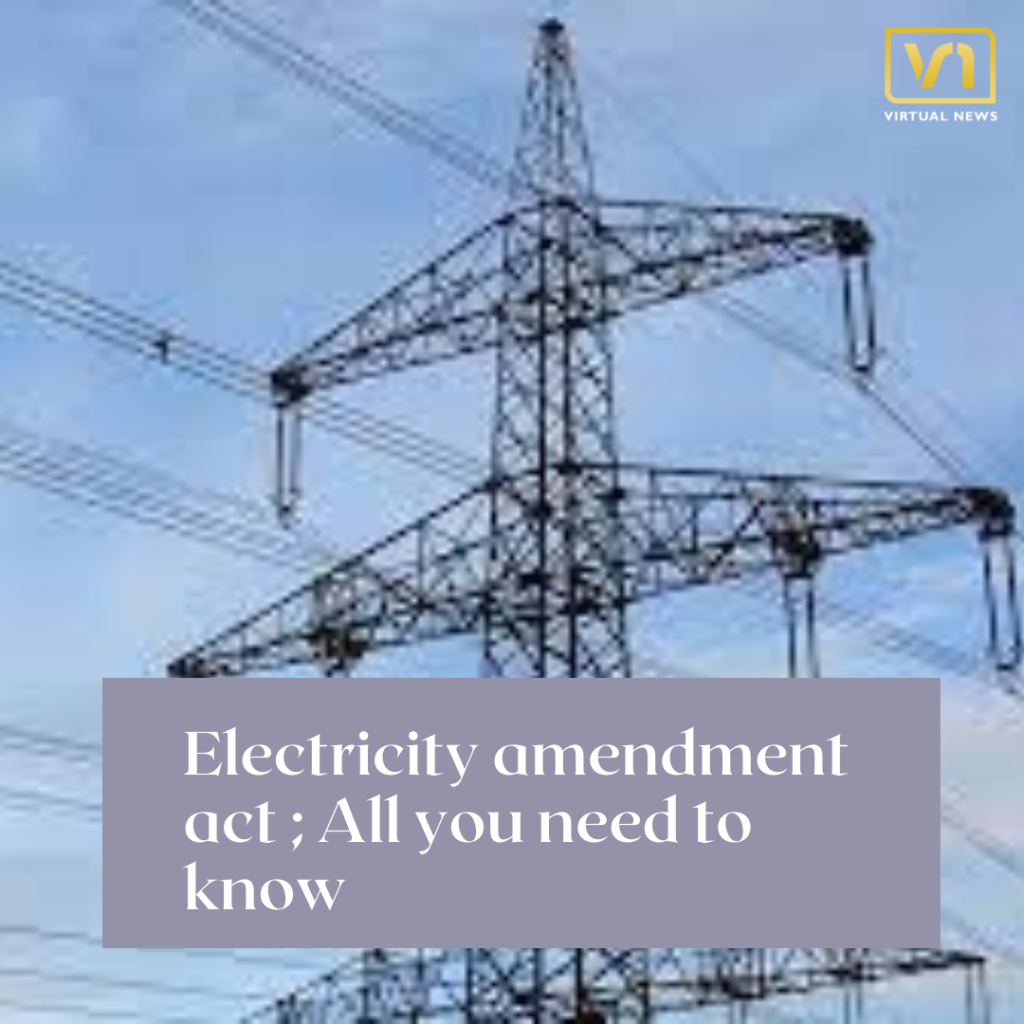To begin with, disregarding the protests of the Opposition, the SKM and the trade unions introduced the Electricity Amendment Act, 2022 in Lok Sabha on August 8.
In the meantime, “The act could be introduced to the Energy Standing Committee for negotiations”, Power Minister R.K. Singh retorted.
Moreover, this contrived states from Delhi to Andhra Pradesh, where power strokes were docketed for 2-8 hours. At the same time, the opposition catechised the origination of the act. They claimed that the Centre is disregarding the vow given to SKM that the act will not be introduced to Parliament.
Why is there uproar against the act?
Moreover, “The act is not just anti-farmer but also anti-constitutional and against the profits of the country”, the opposition MPs retorted.
Besides, the standpoint of their debate was that the act may result in cessation in allocation for farmers and poor customers. In particular, the Electricity Act was set in motion for the first time and approved in 2003 when A. B. Vajpayee was the PM. For the most part, the act is being forced at a time when the power sector’s ill health needs life subsidence.
Subsequently, an article demonstrated that India encountered its worst electricity shortfall in 2022 in over six years.
Labourers raise protests against the act
Moreover, the opposition to the act is essentially from farmers’ groups as they dread that the act will result in cessation of subvention and that power dispensation will be under the sway of private sectors.
In the first place, the labourers in the power sector also object to the act claiming that the privatisation of dispensation units and generating sectors will result in occupation losses.
At the same time, when the Central trade unions established a manoeuvre against the act, the SKM vowed subsidence. Meanwhile, the opposition parties also catechised the act on unionist principles.

